Avocados, often referred to as “nature’s butter,” are celebrated not only for their creamy texture and exquisite taste but also for their health benefits. Rich in heart-healthy fats, vitamins, and minerals, avocados are a nutritional powerhouse that supports cardiovascular health, boosts brain function, and contributes to radiant skin. Moreover, the truest delight can come from an avocado cultivated in confining pots, but still thriving in your own kitchen.
From the rich flavors that adorn your dishes to the convenience and control of container gardening, we’ll explore how planting avocados in pots elevates your experience with this nutritious fruit.
1. Select the right type
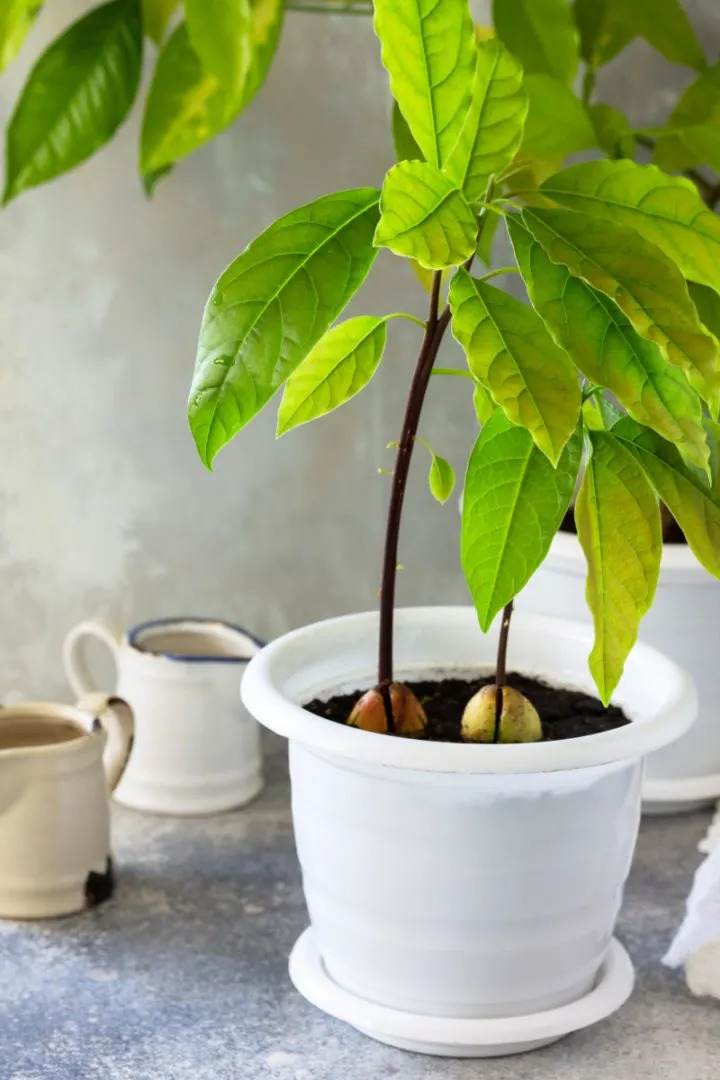
The first step is to select a dwarf or semi-dwarf avocado variety that is suitable for container gardening. Some good choices include “Wurtz” (also known as “Little Cado”) and “Holiday.”
2. Know when to plant
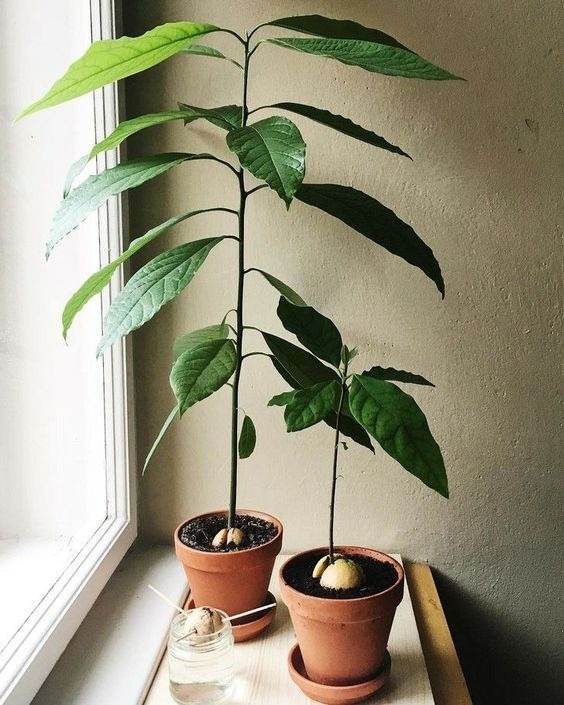
Avocado trees can be planted in pots year-round, but spring and early summer are generally the best times to start, as they give the plant a chance to establish its roots before the colder months.
3. Choose A Large Pot

Select a pot that is at least 18 inches (45 cm) in diameter and has good drainage holes. It is advisable to use a well-draining potting mix suitable for container gardening. You can add perlite or coarse sand to improve drainage.
4. Germinate the Seed
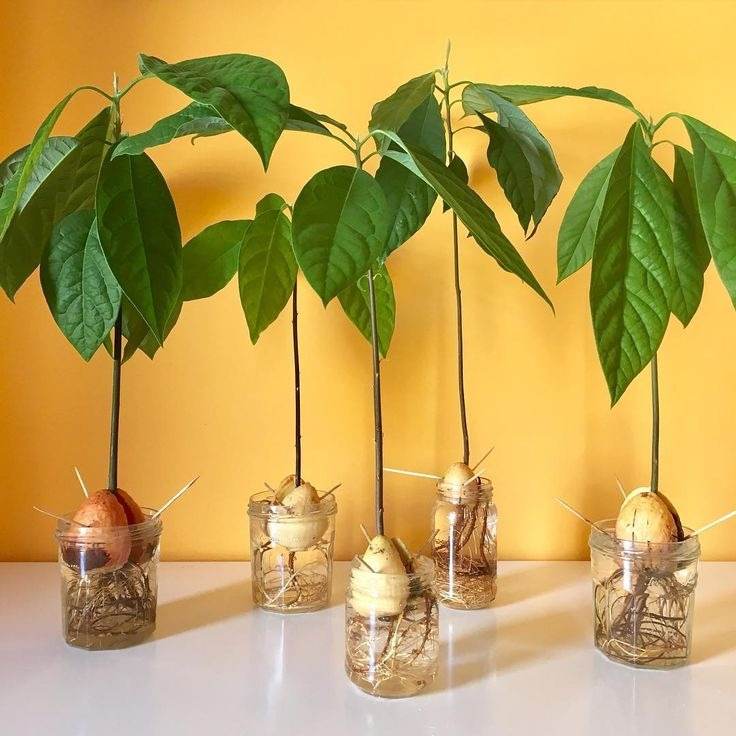
If you want to grow an avocado tree from a seed, clean and plant the seed with the flat end down in a small pot filled with soil. Keep it moist, and it should germinate in a few weeks.
5. Transplanting Young Tree

If you prefer a quicker route to fruit-bearing, purchase a young avocado tree from a nursery. Transplant it into the larger pot, ensuring the root ball is level with the soil surface.
6. Take care of avocado trees
The perfect spot for your pot is a location that receives plenty of sunlight, preferably at least 6-8 hours of direct sunlight per day.
Remember to consistently mist the soil, but don’t drown it in water. Water when the top inch of soil feels dry. Avoid letting the pot sit in standing water.
It’s also essential to prune the avocado tree to encourage a compact shape and promote air circulation. Pinch back the tips of young branches to encourage branching.
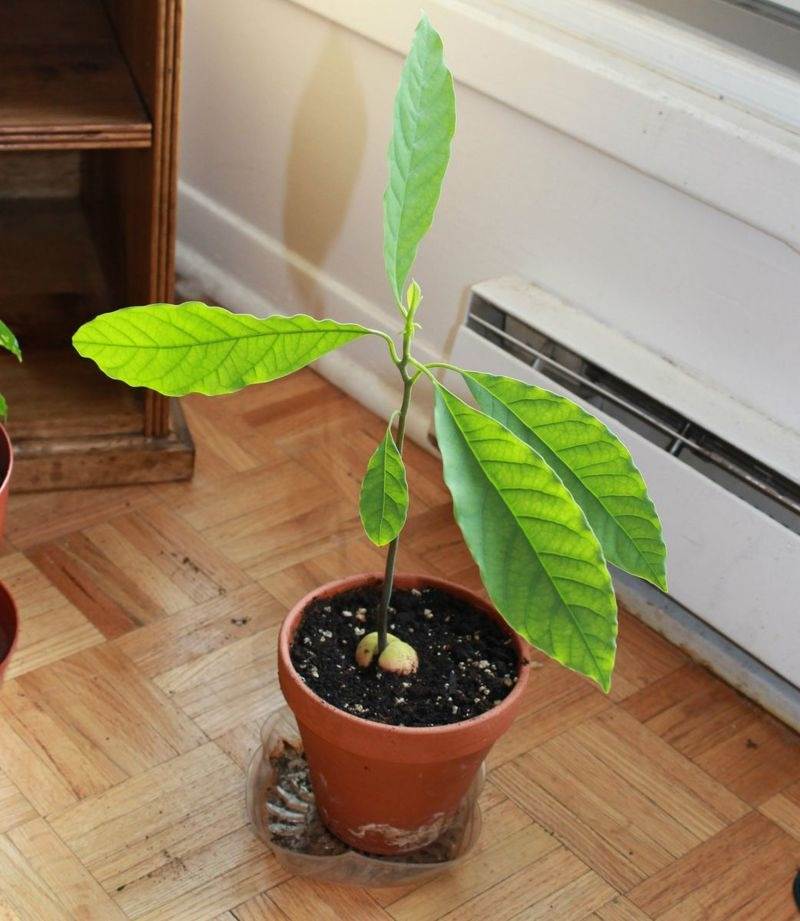
Avocado trees are heavy feeders. Therefore, it requires to be fertilized with a balanced liquid fertilizer every 4-6 weeks during the growing season (spring through early fall). You can also use slow-release granular fertilizers.
Some avocado varieties are self-pollinating, but having more than one tree can improve the fruit set. You can hand-pollinate by transferring pollen from one blossom to another.
Be careful with the pests like aphids or mites. If needed, treat with appropriate pesticides or insecticidal soap.

7. Prepare to harvest
Avocado trees grown from seed can take several years to bear fruit, and there’s no guarantee that the fruit quality will be the same as the parent plant. Grafted trees purchased from nurseries tend to bear fruit earlier and have more consistent quality.
When it comes to harvesting, avocados are typically picked when they mature but are still firm. The exact timing can vary depending on the variety. Allow harvested avocados to ripen at room temperature, and they should become soft and ready to eat within a few days.
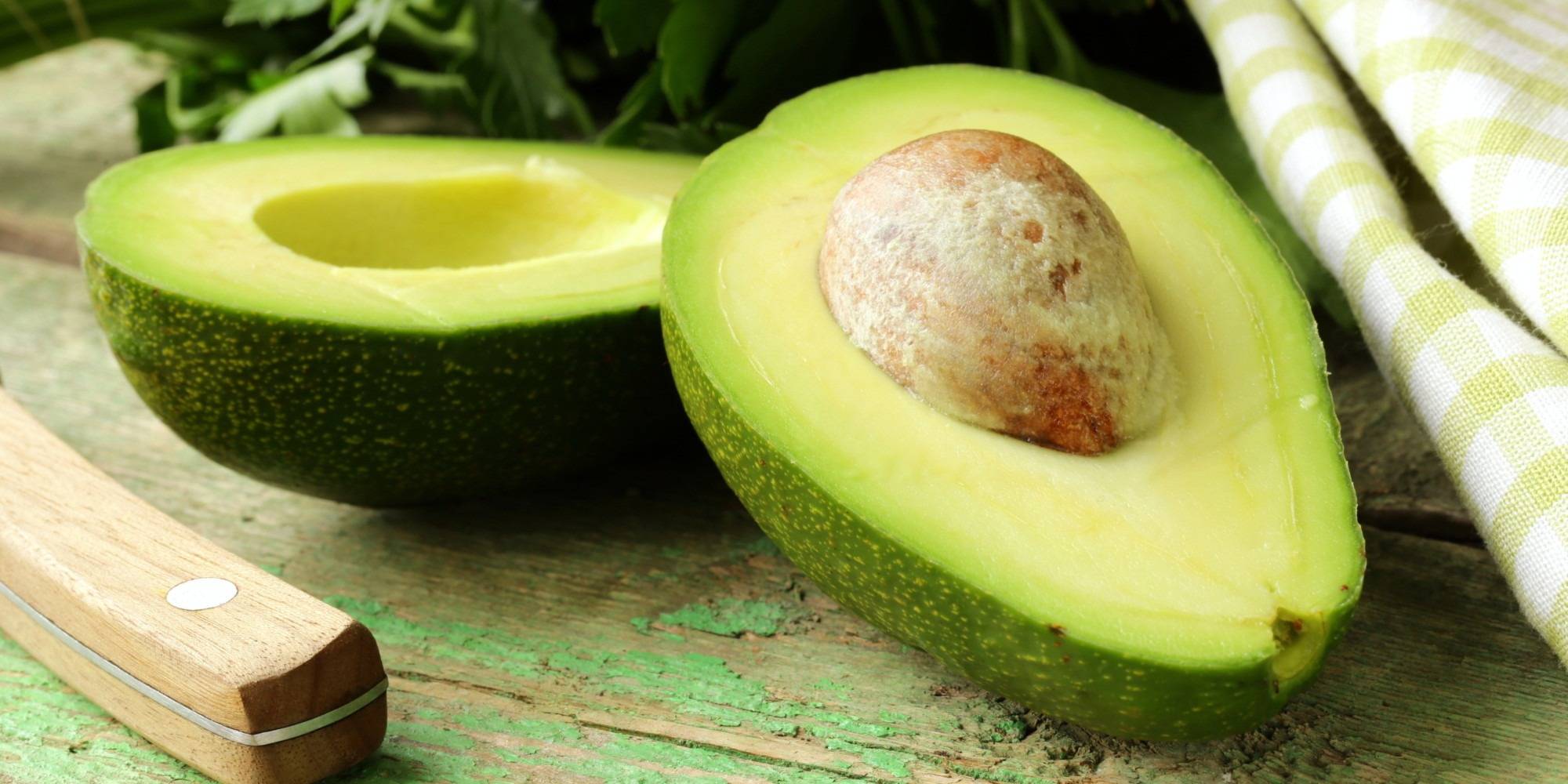
Growing avocados in pots requires patience and attention, but the satisfaction of watching your tree thrive and eventually produce delicious fruit is well worth the effort. If you’re a fan of avocado, start your journey today, and share with us your difficulties as well as experiences.
